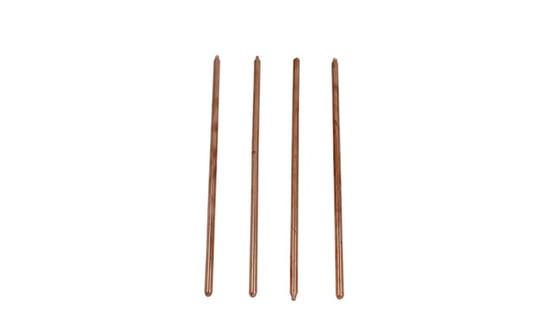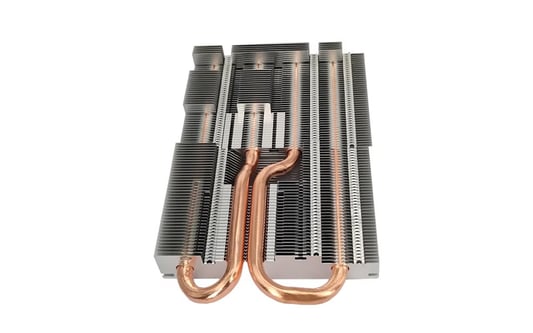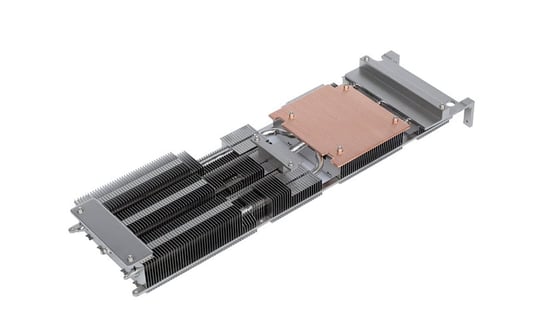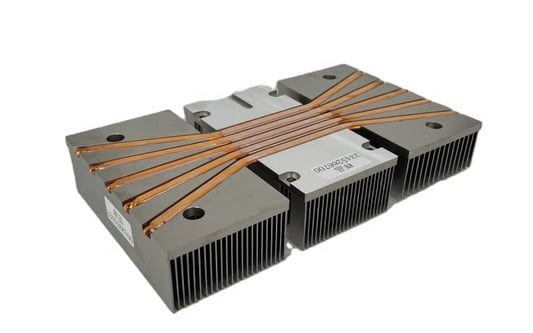The Importance of Leak-Proof Liquid Cooling SystemsEnsuring Leak-Proof Liquid Cooling Systems is crucial for maintaining the efficiency and longevity of various industrial equipment. These systems play a vital role in dissipating heat and preventing overheating, which can lead to costly downtime and equipment damage.Common Causes of Leaks in Liquid Cooling SystemsThere are several potential causes of leaks in liquid cooling systems, including faulty seals, loose connections, corrosion, and excessive pressure. It is essential to identify and address these issues promptly to prevent leaks and maintain system integrity.Types of Cooling System SealsThere are different types of seals used in liquid cooling systems, such as gaskets, O-rings, and mechanical seals. Each type of seal has its unique properties and is suitable for specific applications. Choosing the right seal is crucial for ensuring a leak-proof system.Proper Installation and Maintenance ProceduresProper installation and regular maintenance are key factors in ensuring leak-proof liquid cooling systems. Following manufacturer guidelines, inspecting seals and connections, and monitoring system performance can help identify and prevent potential leaks.Importance of Pressure TestingPressure testing is an essential step in the installation and maintenance of liquid cooling systems. This process helps detect leaks, weak spots, and other issues that may compromise the system's integrity. Regular pressure testing can help ensure the system remains leak-proof.Using High-Quality ComponentsUsing high-quality components, such as seals, hoses, and fittings, is essential for ensuring leak-proof liquid cooling systems. Inferior or worn-out components are more prone to leaks and can compromise the overall performance of the system.Optimizing System Design for Leak PreventionDesigning the liquid cooling system with leak prevention in mind is critical for long-term reliability. Proper placement of components, redundant seals, and adequate drainage can all contribute to a more leak-proof system.Implementing Leak Detection SystemsIncorporating leak detection systems, such as sensors and alarms, can provide early warning signs of potential leaks in liquid cooling systems. These systems can help prevent major damage and downtime by alerting operators to issues before they escalate.Training and Education for Maintenance PersonnelProviding adequate training and education for maintenance personnel is essential for ensuring leak-proof liquid cooling systems. Proper knowledge of system components, installation procedures, and maintenance protocols can help prevent leaks and ensure system reliability.Regular Inspections and MonitoringRegular inspections and monitoring of liquid cooling systems are crucial for identifying potential leaks and addressing them promptly. Developing a comprehensive maintenance schedule and monitoring system performance can help prevent leaks and extend the system's lifespan.Quote Inquirycontact usFactory










